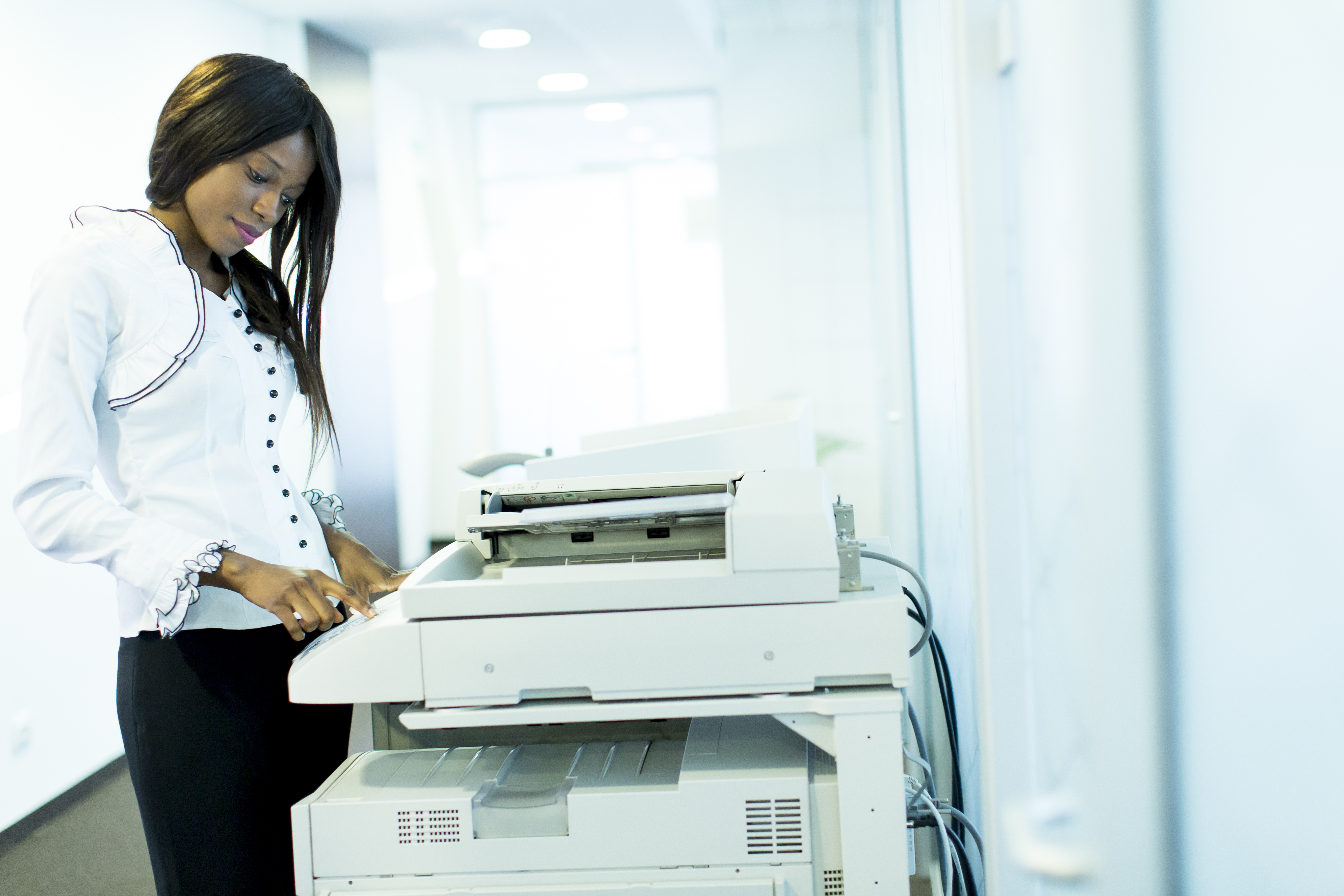Predictions of paperless school admin: think again

In the earlier years of the desk-top computer age, there were confident predictions that the average office would soon be paperless. Those predictions have proved to be far from the mark, with many offices and schools handling more paper than ever.
Those early predictions almost certainly did not consider the rapid transformation of the photocopier. Earlier versions were extremely limited in functionality and tended to jam frequently. Printing had to be done separately.
However, even these far simpler machines still were still a modern scientific miracle. Few in a contemporary office will recall what situations and tasks were endured, before photocopiers liberated us.
Imagine having to resort to making carbon copies of important documents? Or worse, let’s cast the historical net even further back and imagine the tedium of making copies of things by hand.
In essence, a copier works because of one basic physical principle: opposite charges attract. Static electricity is the copier’s secret.
Inside a copier there is a special drum. The drum acts a lot like a balloon; it can be charged with a form of static electricity.
Inside the copier there is also a very fine black powder known as toner. The drum, charged with static electricity, can attract the toner particles.
There are three things about the drum and the toner that let a copier perform its magic:
- The drum can be selectively charged, so that only parts of it attract toner. In a copier, you make an ‘image’, in static electricity, on the surface of the drum. Where the original sheet of paper is black, you create static electricity on the drum. Where it is white, you do not. The idea is for the white areas of the original sheet of paper not to attract toner. This selectivity is accomplished using light, which is why it’s called a photocopier.
- Somehow the toner has to get onto the drum, and then onto a sheet of paper. The drum selectively attracts toner. Then the sheet of paper gets charged with static electricity and it pulls the toner off the drum.
- The toner is heat sensitive, so the loose toner particles are attached, or fused, to the paper with heat, as soon as they come off the drum. The drum, or belt, is made out of photoconductive material.
This is only a small part of the technology involved. The complexity of the lighting and lenses involved could seem baffling, to all but advanced experts in their fields. This very short introduction might just be enough to demonstrate that even the earliest versions involved highly sophisticated science, delivering us from the drudgery of the carbon paper age.
The age of the multi-function-device
 Photocopiers have come a long way since those early models. Far from a simple tool for making copies of worksheets and school documents, today’s photocopiers have merged with printers, allowing users to copy, print, scan and fax documents.
Photocopiers have come a long way since those early models. Far from a simple tool for making copies of worksheets and school documents, today’s photocopiers have merged with printers, allowing users to copy, print, scan and fax documents.
The latest multifunctional photocopier models (MFDs) can also access the internet, be a portal for using software applications, and wirelessly interact with smart phones, laptops and tablets.
There are many benefits to using a multifunctional photocopier in place of a range of standalone devices. In particular, the cost savings can be quite significant.
The technology involved in MFDs has evolved to the point where the cost per page is much lower than that of stand-alone desktop printers. MFDs also offer functions of greater flexibility – whether that be print, via colour control tools; distribution, via scanning to email/network/internet/USB or hard drive; or document output finishing, via punching, stapling, folding and booklet making.
As well as being cheaper to run overall, MFDs also utilise reporting technology that means schools can track costs and monitor departmental or individual usage.
With current technology, schools can set limits for certain staff or students, and can set rules that recommend another print device be used. These print rules are chosen by the school, based on factors around cost-effectiveness, usage trends and security.
As MFDs and printers are an integral part of a school’s document workflow and process, security becomes a serious concern. Securely managing department and user data is critical for the integrity of schools. The suite of integrated security features incorporated into MFDs are designed to help protect information and document assets.
A recent trend emerging is card or pin access for MFDs, which can be extended to other ‘purchases’ around the school. Parents can view all transactions and add value online if the school is on-charging, which allows flexibility in controlling spend, across multiple areas of a student’s typical school day.







